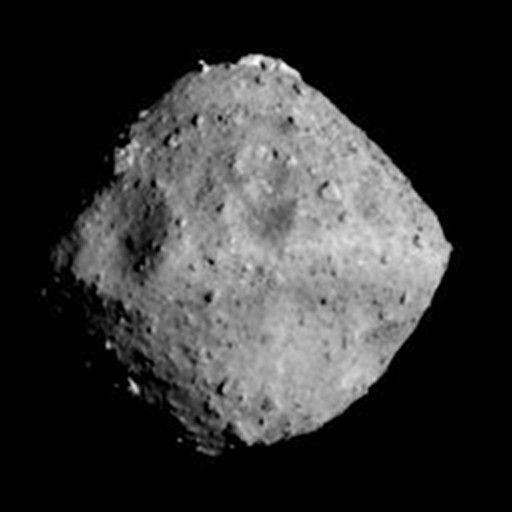New Study Claims Bennu And Ryugu Formed After Large Asteroid’s Destruction

KEY POINTS
- A new study claims Ryugu and Bennu came from the same asteroid
- Ryugu and Bennu are the subjects of sample-return missions
- Astronomers believe fragments from a large asteroid formed Bennu and Ryugu
A new study claims that the potentially hazardous near-Earth objects Bennu and Ryugu came from the same parent asteroid. The authors of the study believe that the two space rocks formed after fragments of a large asteroid coalesced following its destruction.
The study was conducted by a team of international researchers from different facilities. Their findings were presented in a new study published in the journal Nature Communications.
Bennu is a massive asteroid that has an estimated diameter of about 490 meters. It is currently the focus of a sample-return mission launched by NASA known as OSIRIS-REx. The goal of the mission is to bring back samples from the asteroid in order to learn more about its composition.
Ryugu, on the other hand, is a much larger asteroid than Bennu. Reports indicate that it measures about a kilometer wide. Like Bennu, Ryugu was also visited by a sample-return mission. In 2014, the Japanese Aerospace Exploration Agency launched the Hayabusa2 spacecraft to collect samples from the asteroid.
The spacecraft is currently on its way back to Earth after completing its mission.
The two missions were launched to study the composition of Bennu and Ryugu. Recently a team of researches released a new study that offers an explanation regarding the origins of the two massive asteroids.
According to the researchers, numerical simulations indicate that large asteroids orbiting in the belt between Mars and Jupiter have a tendency to break apart due to collisions. The researchers believe that a large asteroid orbiting between Mars and Jupiter fragmented, causing bits of the space rock to accumulate and aggregate.
As the fragments coalesce, the merging process causes the resulting asteroid to form a spinning top-shape. According to the researchers, this would explain the odd shapes of Ryugu and Bennu.
“These asteroids are likely fragments of larger bodies that were disrupted by a collision with other bodies in the asteroid belt,” the researchers wrote in their paper. “Such events could have left a trace in the form of asteroid families. Ryugu and Bennu were transported to near-Earth space through well-identified dynamical routes.”
© Copyright IBTimes 2025. All rights reserved.





















